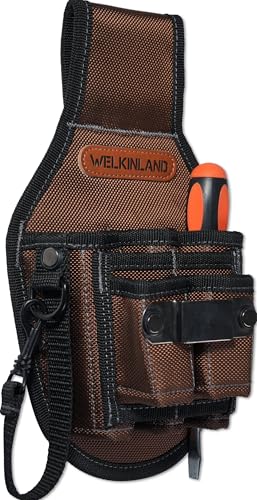garygid
Well-known member
MLucas said:For me, I'm not using the OBDLink SX and using the LeafCan, instead with a Dell Duo convertable running Windows 8. I compared my logs with jjlink and they do look similiar with the same type of messages coming through. I analyzed my data for a pattern and it looks like there are common lengths of messages with mostly the same data. The messages with a length of 5 or what would come through the port as a DLC 2 are all 10100. There is one length of 6 in my data, 346271. The next length of 7 are all 3250100. Then come the 17 character length messages, 21000000000000000 and 41850000000000000. The rest are all the 19 character length messages.
What format data is your LeafCan sending?
What program are you using on Win8 to capture the data?
Since each message that you describe is in the hex-text format
of MMMD1D2D3D4D5D6D7D8 then all of your messages should
be of odd length, with three MsgID hex digits and 2xN hex characters
for the N bytes of data. Of course, this is just counting the visible
characters, and ignoring any line-feed or carriage-return.
So, it looks like the one 6-character message is an error of
some sort.
I do not understand your "DLC 2" description of the 5-character
10100 message, which would be a MsgID of hex 101 with one data
byte of 0x00 (zero).
But, it does appear that you are capturing data.
If this data is punctuated with a line-feed character,
that is the OBDLink format, and you should be able
to use CAN-Do to capture the data, and it will add
time-stamps, insert Date-Time pseudo-messages,
and count any even-length message as an error,
instead of including it in the logged messages.
The latest version of CAN-Do is v205, which should
give you a message at the end of the capture with
the total number of errors, and the Max Bytes Used
in the Comm buffer.
Cheers, Gary
Have you tried to get this data into CAN-Do?





































